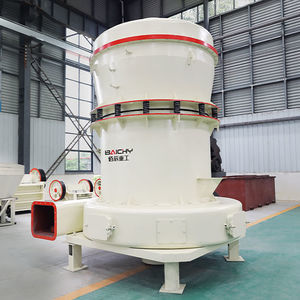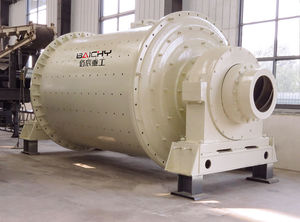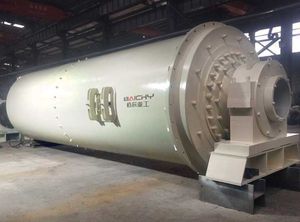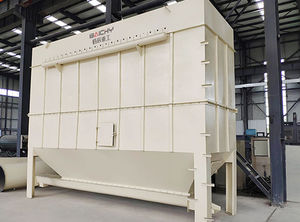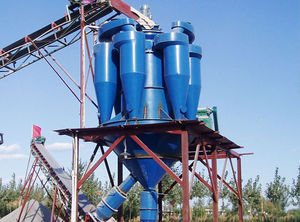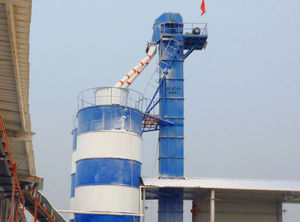
- Machine-tools
- Machine Tool Accessory
- Vibrating feeder
- Henan Baichy Machinery Equipment Co., Ltd

- Products
- Catalogs
- News & Trends
- Exhibitions
Vibrating feeder GZ serieselectromagneticoverheadcontinuous





Add to favorites
Compare this product
Characteristics
- Type
- vibrating, electromagnetic, overhead
- Operating mode
- continuous
- Product applications
- bulk, industry, powder
Description
Electromagnetic vibrating feeder is widely used in mining, metallurgy, coal, chemical industry, building materials, ceramics and other industries of quantitative feeding.
Application
GZ Electromagnetic Vibrating Feeder is designed for continuous and quantificational feeding of bulk material, powders, granules and lump. It has different dosing functions, like feeding of belt conveyor, bucket elevator, screening equipment, crusher,grind
Applicable materials: Stone crusher is used for crushing over 120 kinds of rocks, such as limestone, granite, quartz, basalt, river stone, gold ore, iron ore, coal, gravel, aggregate etc. Different final output size could meet your different needs.
Feed rate can be accurately controlled via a controller.
Quality Assurance
Few moving parts and does not require lubrication.
Customized Scheme
Drive can be under trough or overhead mounted.
High Yield
Suspension or base mounting.
Working principle
Electromagnetic vibrating feeder works with two eccentric vibration motor based on the self-synchronization principle. It forms a combined force with a 60 ° angle, through periodic vibration, which promote the materials in the trough to slide out, to reach the goal of feeding granular, small block and powder materials to the certain equipment uniformly, quantitatively, continuously.
Other Henan Baichy Machinery Equipment Co., Ltd products
Powder Grinding Mill
*Prices are pre-tax. They exclude delivery charges and customs duties and do not include additional charges for installation or activation options. Prices are indicative only and may vary by country, with changes to the cost of raw materials and exchange rates.


